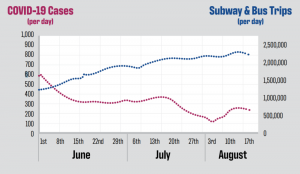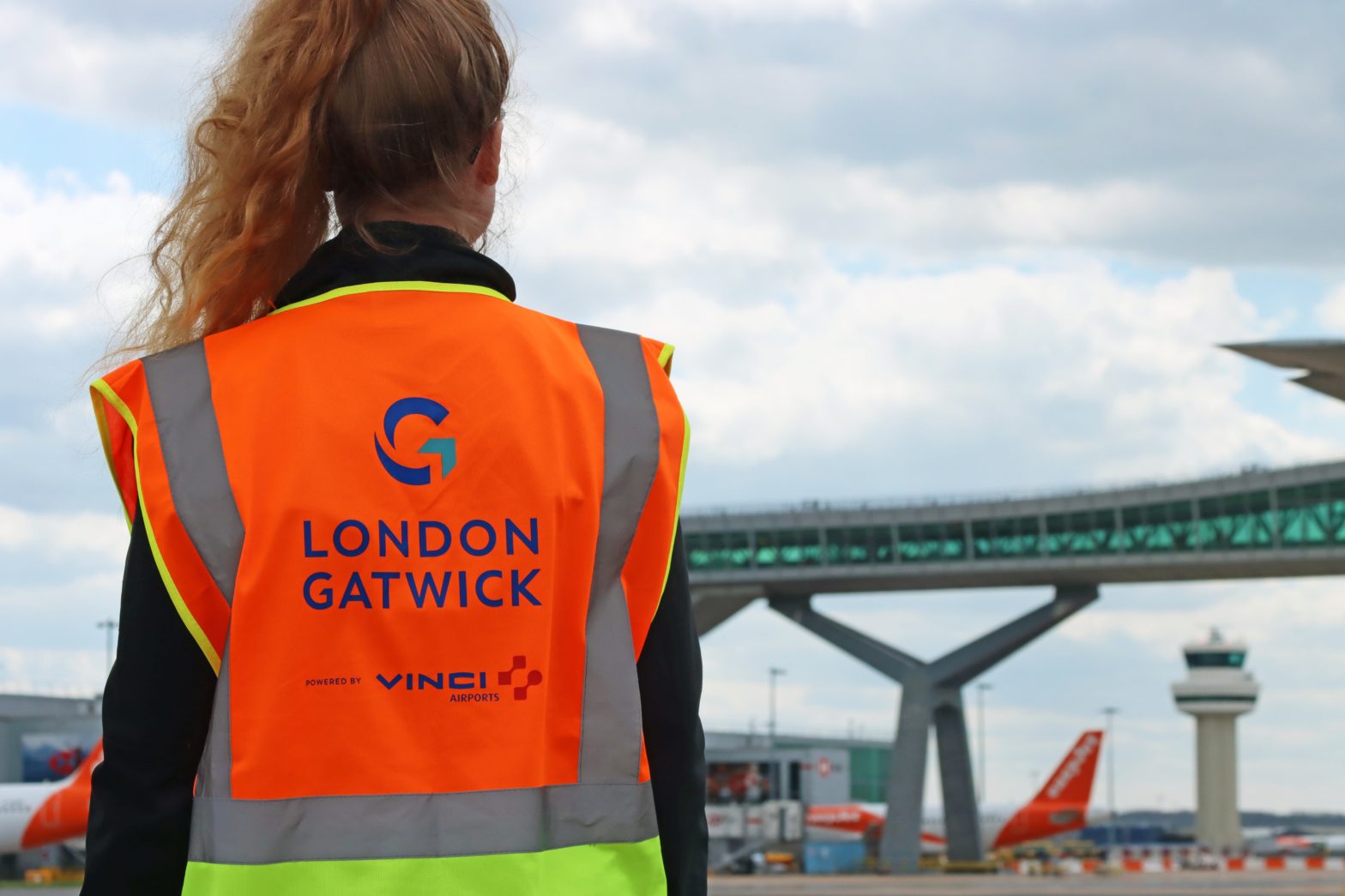
New York’s MTA pilots COVID-19 air purification system
26 October 2020
by Christopher Carey
New York’s Metropolitan Transportation Authority (MTA) has become the first transit agency in North America to pilot an air filtration and purification system which uses electrical fields to generate a wave of ionised particles that destroy airborne viruses like COVID-19.
The technology, developed by the Knorr Brake Company, is being rolled out on trains on the suburban Metro-North and Long Island commuter rail services after a successful proof-of-concept.
Metro-North Railroad President Catherine Rinaldi said: “As more and more customers return to Metro-North trains, they want to be confident that we are doing everything that we can to keep them safe and healthy.
“If the pilot proves successful, not only does this new air purification technology kill Covid-19, it kills any virus, including the standard flu or bacteria that cause the common cold, and even particulate matter like diesel fumes.”
About a third of the air travelling through the ventilation system is fresh air filtered from outside the railcars, according to MTA officials, with the system entirely replacing air inside a car every five minutes.
Economic recovery and ridership
Speaking at Reuters’ virtual Mobility Summit on Thursday, MTA Chairman Pat Foye emphasised the need for New Yorkers to get back on public transport.
“There can be no recovery in New York without a healthy and thriving MTA,” said Foye.
“The declines in ridership on the subway and buses are orders of magnitude worse than during the Great Depression, and the financial consequences resulting from this are equally formidable.”
MTA passenger numbers dropped by up to 90 percent at the height of the pandemic, but have slowly recovered in recent months.
Introduction of the technology emerged through the MTA’s COVID-19 Response Challenge, which was launched in July to engage the private sector and enable the rapid evaluation and deployment of innovative technologies to make public transit safer in light of the global pandemic.
Is public transport safe?
Commuters globally have often received conflicting messages over the extent of risk that exists on public transport in relation to COVID-19, with cities struggling to balance public health and financial solvency.
A recent study commissioned by the American Public Transportation Association – an NGO that promotes the interests of the public transportation industry in the United States – found that there is no direct correlation between public transit use and COVID-19 spread, either worldwide or in New York City, provided people wear masks and trains and buses are well-ventilated.

“The misinformation about COVID-19 and transit is appalling, no direct correlation has been found,” said Sam Schwartz, the former NYC Traffic Commissioner whose transit consulting firm compiled the report.
From 1 June to 18 August, more than 76 million rides were taken on New York’s subway system and close to 79 million on city buses. During that time the case count for city residents dropped from an average of over 600 per day to approximately 250.
While there has been a gradual increase in passenger numbers, the number of commuters on public transport in New York is still far below capacity – currently at 31 percent on the subway and 50 percent on buses – when compared to pre-pandemic levels, meaning the ability to socially distance has largely been maintained.











